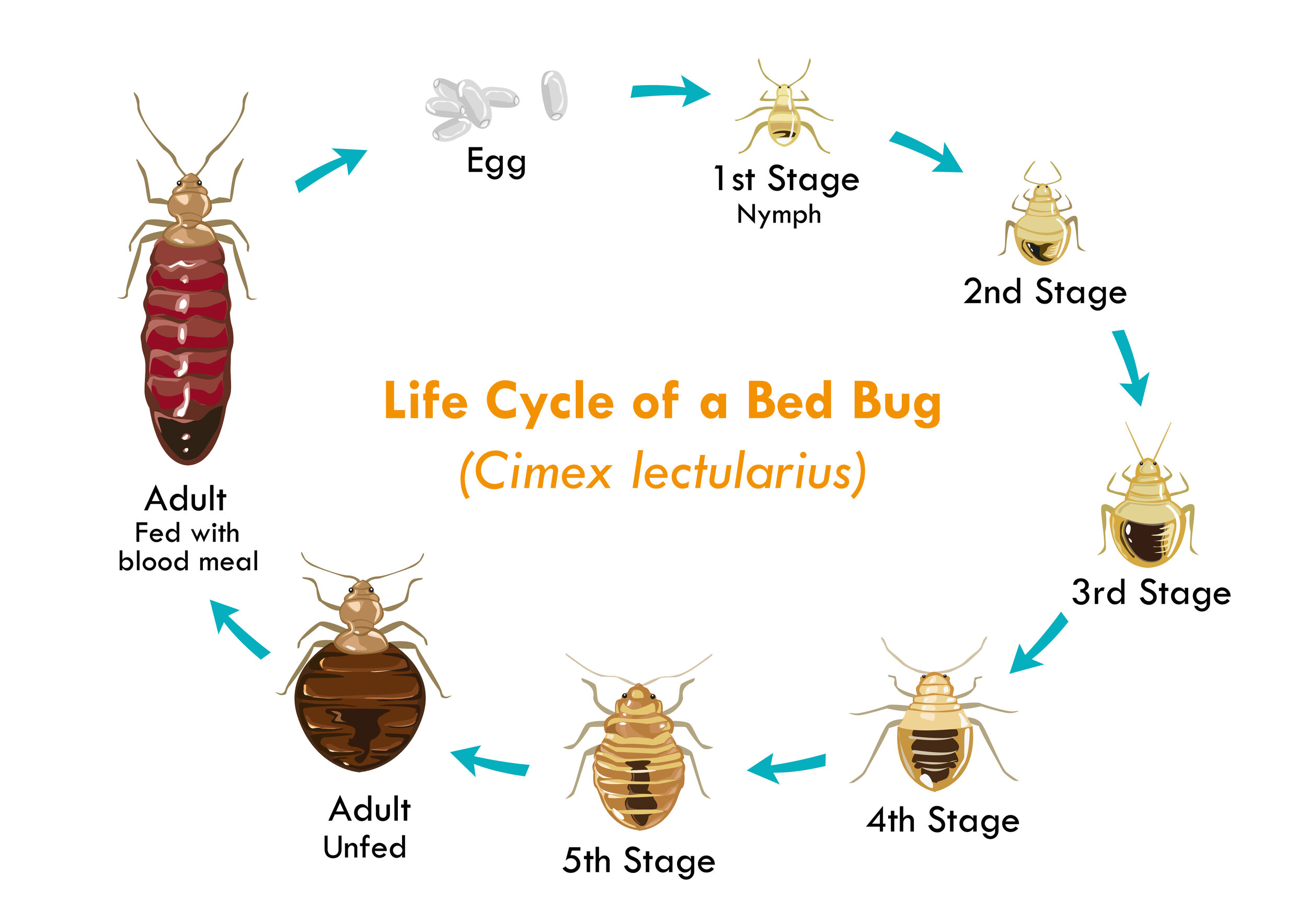A1 Bed Bug Exterminator Houston: Trustworthy Treatment Services
Comprehending the Lifecycle of Parasites for Targeted Control Approaches
Comprehending the lifecycle of insects is a fundamental aspect of reliable bug management strategies. Through a deeper understanding of just how bugs grow and evolve, customized control strategies can be made to attend to specific factors in their lifecycle, ultimately leading to even more effective parasite monitoring outcomes.
Significance of Comprehending Bug Lifecycle
Recognizing the lifecycle of parasites is crucial for creating effective and targeted control strategies in parasite monitoring. By understanding the different phases an insect undergoes from egg to grownup, parasite control experts can identify vulnerable points in the lifecycle where treatment can be most effective. Knowing when larvae are most active can aid determine the optimum timing for using larvicides. Furthermore, comprehending the lifespan of a bug types can aid in forecasting populace development patterns and prospective problem dangers.
In addition, identifying the details environmental conditions necessary for every phase of the parasite's lifecycle can direct choices on environment modification or exemption approaches to interrupt the lifecycle and reduce pest populations. This understanding enables pest management professionals to execute positive actions rather than depending solely on responsive treatments, resulting in even more lasting and long-lasting insect control solutions. Eventually, an extensive understanding of pest lifecycles encourages insect control experts to tailor their strategies successfully, optimizing and minimizing ecological impacts control end results.
Key Phases in Pest Advancement
To efficiently apply targeted control strategies in bug management, an important facet lies in thoroughly recognizing and understanding the crucial phases in pest advancement. Bug growth generally contains numerous key stages that are vital for their lifecycle and monitoring. The initial stage is the egg stage, where bugs lay eggs that later on hatch out into larvae. Larvae then advance right into pupae, a phase where they undertake transformation before emerging as adult insects. Comprehending these phases is crucial as it helps in pinpointing susceptible points in the lifecycle where control procedures can be most reliable.

Vulnerabilities in Insect Lifecycle
Throughout the various phases of a pest's lifecycle, distinctive susceptabilities emerge that can be purposefully targeted for reliable control measures. One important vulnerability hinges on the egg phase, where bugs are typically a lot more at risk to particular pesticides or organic control representatives as a result of their soft outer shell, making them easier targets for treatment. Furthermore, the larval or nymph stage offers susceptabilities as insects undergo quick development and development, calling for high power consumption that can be exploited by interrupting their food sources or presenting development inhibitors. Pupal phases, defined by immobility and makeover, use a window for targeted control via physical barriers or specific therapies that hinder effective development. Finally, grown-up pests, while extra durable due to their reproductive capability, can still be susceptible throughout mating or egg-laying tasks, which can be disrupted via pheromone catches or sterilization strategies. Understanding these susceptabilities in the pest lifecycle is necessary for developing effective and specific control techniques that properly manage bug populaces while reducing ecological influence.
Carrying Out Targeted Control Procedures

Applying targeted control steps normally involves a multi-faceted method. This might consist of environment modification to make the atmosphere much less friendly to insects, such as eliminating standing water for insect control or securing entry points for rodents. Furthermore, organic control approaches can be utilized, where natural predators or microorganisms are presented to maintain pest populations in check.
Integrated Insect Monitoring (IPM) approaches that incorporate various control measures in a coordinated and sustainable way are typically the most reliable in accomplishing long-term pest administration goals. By executing targeted control measures based on a comprehensive understanding of pest lifecycles, parasite populations can be effectively regulated while lessening dangers to human health and the atmosphere.
Boosted Bug Administration Practices

In addition, the consolidation of organic control agents, such as all-natural predators or virus of insects, can aid decrease dependence on chemical pesticides and promote an extra balanced environment. Executing physical obstacles and traps can likewise become part of improved parasite management methods, offering non-toxic and targeted remedies for insect control. Furthermore, the usage of pheromones and various other semiochemicals can disrupt pest mating patterns and interaction, bring about reduced parasite populaces gradually.
Conclusion
By determining crucial phases in bug growth and susceptabilities in their lifecycle, targeted control actions can be applied to decrease pest populaces. Enhanced bug monitoring methods can assist decrease the dependence on broad-spectrum pesticides and advertise more lasting and eco friendly insect control approaches.
Understanding the lifecycle of pests is essential for establishing reliable and targeted control approaches in pest administration. By comprehending the different stages a pest goes through from egg to adult, bug control specialists can determine at risk points in the lifecycle where treatment can be most effective. Eventually, a thorough understanding of pest lifecycles equips parasite control professionals to customize their strategies successfully, reducing environmental effects and taking full advantage of control results.
By carrying out targeted control procedures based on a comprehensive understanding of A1 bed bug removal houston insect lifecycles, insect populations can be effectively controlled while decreasing threats to human wellness and the environment.
By identifying vital phases in parasite advancement and susceptabilities in their lifecycle, targeted control actions can be implemented to reduce parasite populations.